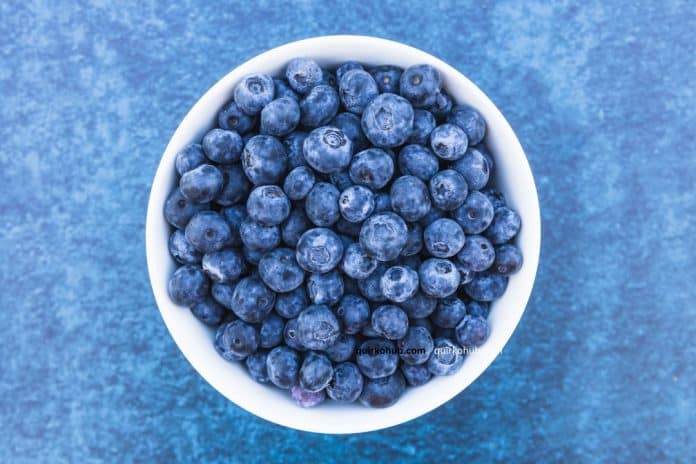In the world of food, color isn’t just decoration — it’s a language. It tells us what to expect, shapes our appetite, and builds trust in a product. Among the most striking hues on the spectrum, blue stands out for its unique, calming, and refreshing appeal. But for years, blue shades were hard to achieve naturally. That’s changing fast with the growing use of natural blue food colors.
As brands move away from synthetic dyes, natural blue pigments are becoming a key innovation in clean-label food and beverage products.
Why Natural Blue Food Colors Matter
Artificial blue dyes like Brilliant Blue FCF (Blue No. 1) and Indigo Carmine (Blue No. 2) have long dominated the market. But increasing consumer awareness, regulatory scrutiny, and demand for cleaner ingredient labels have driven manufacturers to explore natural alternatives.
Natural blue pigments not only provide beautiful shades but also align with modern values of transparency, plant-based sourcing, and health-conscious choices.
Sources of Natural Blue Pigments
For decades, creating a stable blue pigment from natural sources was a challenge. Now, thanks to innovation, several reliable options are available:
- Spirulina Extract: A blue-green algae that produces phycocyanin, a brilliant and stable blue pigment. It’s one of the most popular sources of natural blue coloring today.
- Butterfly Pea Flower: A vibrant flower native to Southeast Asia, it provides a bright blue shade that can shift to purple depending on pH.
- Red Cabbage Extract: While typically purple, it can produce blue tones in alkaline conditions, making it suitable for certain beverages and desserts.
Each source has its own characteristics, allowing brands to match the right pigment with the right product.
Benefits of Using Natural Blue Food Colors
- Clean-Label Ingredient
Derived from plants and algae, natural blue colors support clean-label goals and consumer trust. - Unique Visual Appeal
Blue is a rare and eye-catching color in nature, making it perfect for brands looking to stand out. - Plant-Based and Allergen-Free
Most natural blue pigments are suitable for vegan and allergen-free formulations. - Versatile Applications
Natural blue pigments work well in beverages, bakery, confectionery, and dairy.
Applications of Natural Blue Food Colors
- Beverages: Ideal for flavored water, juices, smoothies, and mocktails. Butterfly pea flower and spirulina are popular in health drinks and functional beverages.
- Bakery & Confectionery: Used in frosting, icings, macarons, candies, and gummies for a soft pastel or bold blue finish.
- Dairy & Desserts: Natural blue shades add visual appeal to ice creams, yogurts, and puddings.
- Plant-Based Products: Used in health-focused snacks and supplements for a natural pop of color.
Stability Considerations
Unlike artificial dyes, natural blue pigments can be sensitive to processing conditions:
- Spirulina extract is stable in neutral pH but can degrade under heat or strong acids.
- Butterfly pea flower can change color depending on pH, shifting from blue to purple or pink.
- Red cabbage extract requires controlled pH to maintain a blue tone.
Manufacturers often use encapsulation or blending with stabilizers to improve shelf life and consistency.
The Future of Natural Blue Pigments
Blue is one of the most challenging colors to reproduce naturally, which makes advancements in this field even more exciting. As research improves pigment stability and extraction methods, natural blue food colors are becoming more accessible, affordable, and versatile for global manufacturers.
Beyond aesthetics, these pigments often come with added nutritional or functional benefits, especially when derived from sources like spirulina, which is rich in antioxidants and proteins.
Final Thoughts
Natural food colors offer a perfect combination of beauty, innovation, and clean-label appeal. Derived from natural sources like spirulina and butterfly pea flower, they give products a unique visual identity while meeting consumer demands for safe and transparent ingredients.
As brands continue to replace synthetic colors, blue pigments from nature are opening new creative possibilities in food and beverage design — proof that color can be both stunning and sustainable.
